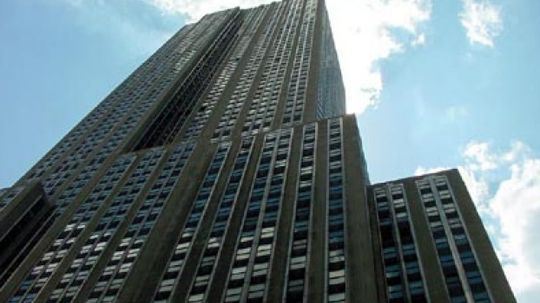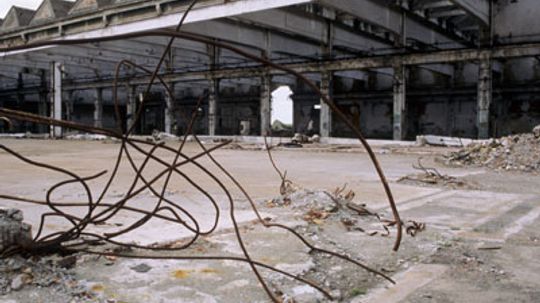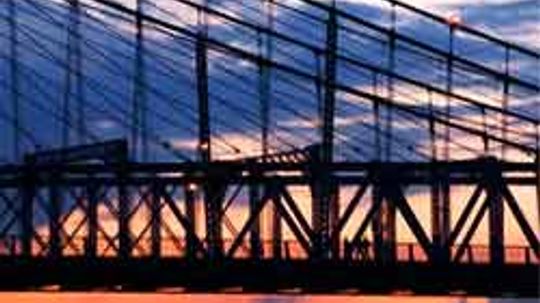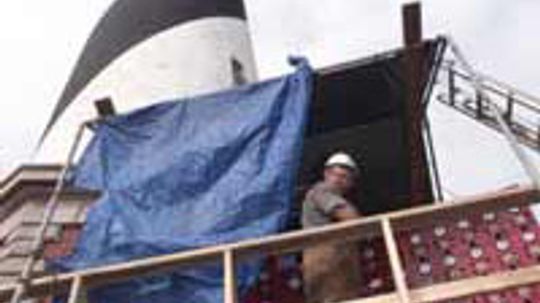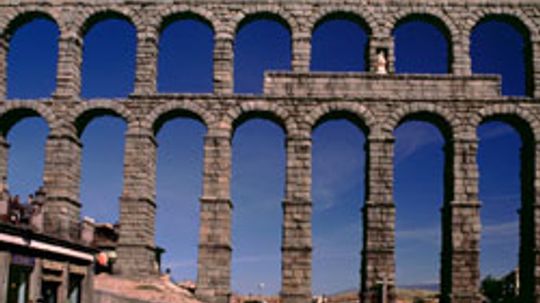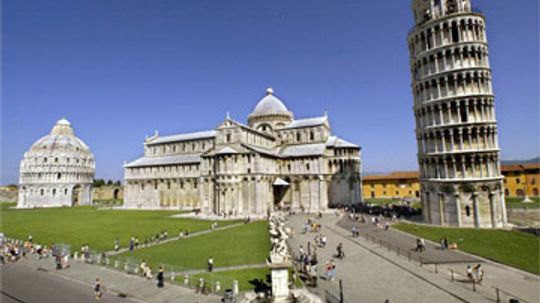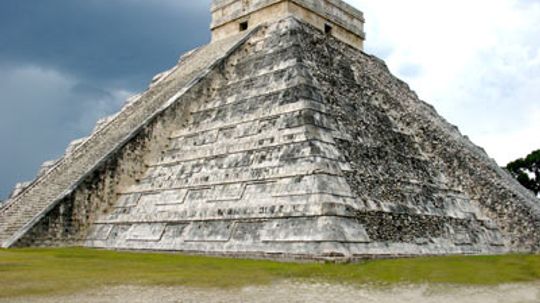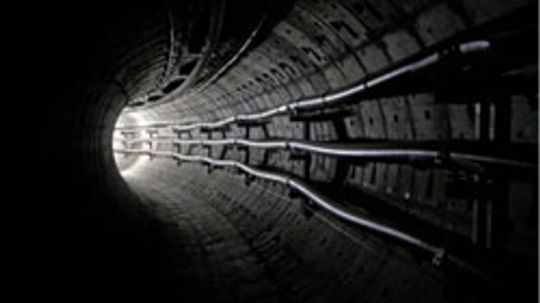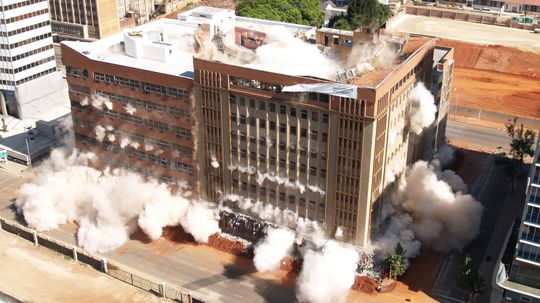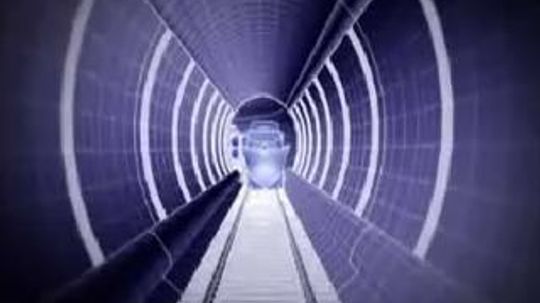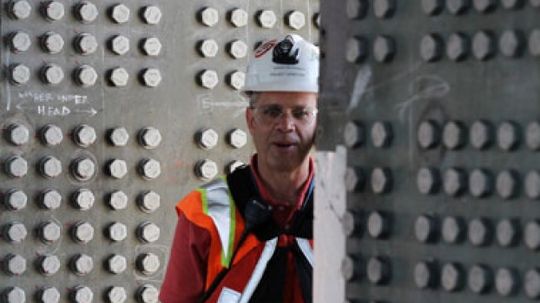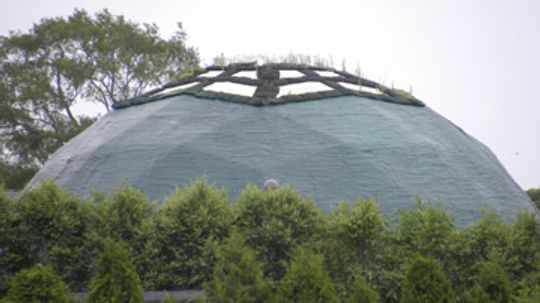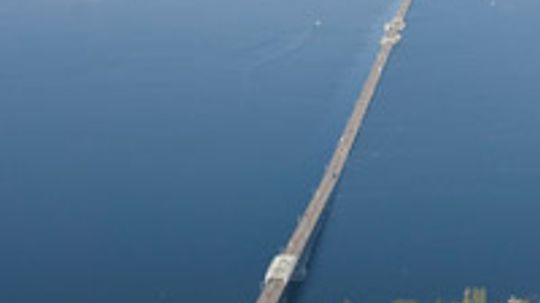Structural Engineering
Buildings and structures take careful planning in order to ensure that they don't collapse or fail in any way. Structural engineers analyze and study the way in which buildings support loads.

The World's Most Awe-inspiring Glass Buildings
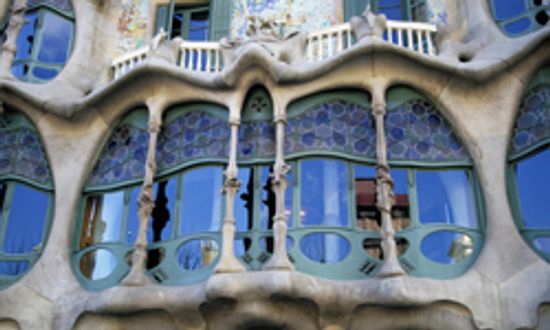
10 Innovative Architects to Watch

16 World-Famous Architects and Their Impact
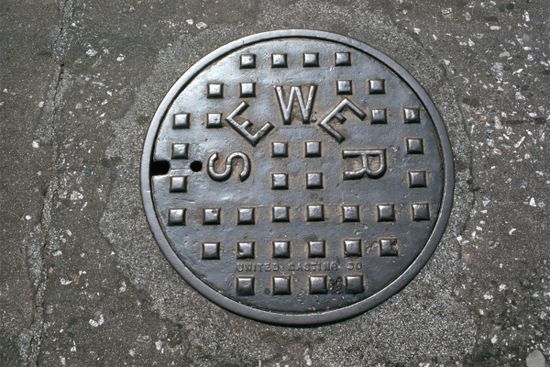
10 Advancements in Environmental Engineering

How Zambonis Work

What Countries Use the Imperial System?

Science and Nature: Fractals

Are food-based plastics a good idea?

A Bicycle Built of Bamboo Is the Ultimate Eco-friendly Ride

Crumple Theory: We Can Learn a Lot From How Paper Crumples

Your Thoughts Could Activate a Tiny Robot Inside Your Own Brain

How Star Wars Works: Fan-built Droids

Robot Pictures
Learn More
When you think of the imposing stature of pyramids, you might picture the Great Pyramid of Giza. But the Egypt-based structure is by no means the only impressive pyramid in the world.
By Yara Simón
Why are blueprints blue and not some other color? There's a specific chemical process behind it, and its discovery has all the elements of a dark fairy tale.
One of the most travelled stretches of U.S. highway was designed by a woman who loved mathematics and wasn't interested in being a teacher. Who was she, and where is it?
Advertisement
Steel-framed skyscrapers are common sights in any city skyline these days. But someone had to be the first to build up, up, up. Find out where this architectural standard was born.
It took years to construct the 110-story World Trade Center towers and less than an hour to bring them down to rubble. What ultimately caused the towers to collapse on Sept. 11, 2001?
Bridges move cars, trains, bikes and people, among other things. These 10 may even move your soul with their engineering ingenuity and beauty. So which 10 make the cut?
Have you ever passed by an abandoned warehouse or gas station and wondered why the government doesn't just tear it down? Well, it may be a brownfield.
By Echo Surina
Advertisement
Bridges are amazing displays of scientific engineering. This collection of pictures highlights some of the most spectacular structures ever created.
Hefting a sofa up a flight of stairs can take a lot of logistics. So what does moving thousand-ton buildings across cities -- or even oceans -- entail?
EPCOT was Walt Disney's "Experimental Prototype Community of Tomorrow." But it didn't actually turn out the way he had envisioned it.
By Alex Krieger
When it came to building or improving things, the ancient Romans really knew their stuff. Which cool engineering tricks did they pass along to us?
Advertisement
Pisa without its precariously tilted landmark is like San Francisco without the Golden Gate or London without Buckingham Palace. Will the peculiarly enduring tower ever vanish from the Italian skyline?
When pyramids come to mind, most of us think of Egypt, but pyramids exist in many parts of the world. How were they constructed without earth-moving or heavy-lift machinery? And most of all, why were these amazing structures built?
A tunnel can be simply defined as a tube hollowed through soil or stone, but actually constructing a tunnel is a challenge. Find out how tunnels are built.
Safe, professional building implosions combine mathematics, intuition and sheer explosive power. Find out how the experts bring down huge structures without damaging the buildings nearby.
By Tom Harris
Advertisement
When the heat sets in, there's nothing like a day at the water park to cool things down -- water parks and their massive wave pools are a huge weekend attraction. Ever wonder what kind of machinery it takes to produce a wave? Learn exactly how an oce
By Tom Harris
It's a leap of faith onto a curvy steep wet chute... Discover how water slides work and what draws thrill-seekers to them.
By Tom Harris
The twin towers of the World Trade Center were true originals -- their history is one of innovation, persistence and grand ideas.
By Tom Harris & Yara Simón
People build skyscrapers primarily because they are convenient -- you can create a lot of real estate out of a relatively small ground area. They're also awe-inspiring. Skyscrapers capture our imagination -- how high can we build them? Learn about the architecture and design of these monumental buildings.
By Tom Harris
Advertisement
They don't have engines, brakes or accelerators. No, these amazing machines rely on physical, centripetal and gravitational forces to urge thrills, screams and that sinking stomach feeling we all love (and hate). Read more about the science of fun.
Sometimes it seems as though Earth has been hitting the caffeine a little too hard, with all the shakes from earthquakes. So, how do structures stand strong amid all those quakes?
The Bay Bridge is a wonder of structural engineering. Find out how multiple architectural styles were incorporated into the bridge that unites Oakland with San Francisco.
A soft-story building has a first floor that's more flexible than the ones above -- think apartments over a department store that's mostly open space. How does soft-story retrofitting keep such buildings from collapsing in a quake?
Advertisement
If you think regular old domes took the world of structural engineering by storm, you should meet their geodesic cousins. What is a geodesic dome, and who first came up with the idea of building triangle-covered spheres as practical structures?
Bridges span the gap and help us get from point A to B, but who knew they could float, too? Find out what the deal is with floating bridges in this article.



